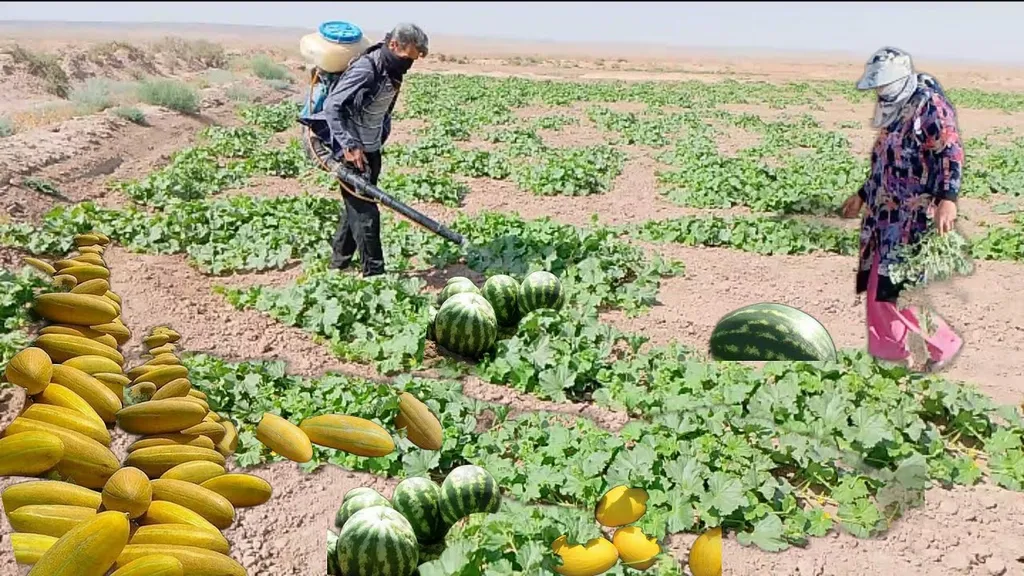In the lush, verdant fields of Iran’s Guilan province, a quiet revolution is taking root, one that could reshape how farmers and policymakers view the delicate balance between profit and planet. At the heart of this shift is a novel application of Material Flow Cost Accounting (MFCA), a methodology traditionally reserved for industrial sectors, now being harnessed to illuminate the hidden environmental and economic costs of watermelon farming. The research, led by Majid Dekamin from the Department of Plant Production and Genetics at Malayer University, offers a compelling case study that could very well become a blueprint for sustainable agriculture worldwide.
Dekamin’s study, recently published in *Case Studies in Chemical and Environmental Engineering* (translated to English as *Case Studies in Chemical and Environmental Engineering*), meticulously quantifies the inputs and outputs of watermelon production, revealing a stark truth: what might seem like a straightforward agricultural process is, in fact, a complex web of economic and environmental trade-offs. “By accounting for the economic value of negative products, such as emissions and waste, MFCA provides a more comprehensive framework for understanding how reducing environmental losses can simultaneously improve financial returns,” Dekamin explains.
The study’s findings are nothing short of eye-opening. Traditional cost accounting (CA) often overlooks the environmental toll of farming practices, but MFCA brings these hidden costs into sharp focus. For instance, the study found that the Gross Value of Production (GVP) under MFCA was $5814.98, compared to $5505.90 under CA. This discrepancy highlights the significant share of hidden costs arising from environmental inefficiencies, such as ammonia (NH3) and nitrous oxide (N2O) emissions, water pollution due to nitrate and phosphate runoff, and biocide emissions to soil, water, and air.
These insights are not just academic exercises; they have profound implications for the energy sector and commercial agriculture. By identifying the true costs of emissions and waste, farmers can make more informed decisions about resource use, potentially leading to significant savings and improved profitability. Dekamin’s research suggests that adopting precision agriculture technologies, using organic fertilizers, and integrating renewable energy sources could reduce environmental impacts and enhance production efficiency.
The study’s broader significance lies in its potential to guide agricultural policy and contribute to global food security. By linking profitability with sustainability goals, MFCA offers a powerful tool for improving resource efficiency. “This methodology can be replicated for other crops and regions, providing actionable insights for both farmers and policymakers,” Dekamin notes.
As the world grapples with the challenges of climate change and resource depletion, Dekamin’s work serves as a beacon of hope. It demonstrates that sustainable agriculture is not just a lofty ideal but a practical, economically viable path forward. By embracing MFCA, farmers and policymakers can ensure that the fields of tomorrow are as productive as they are sustainable, paving the way for a future where profit and planet coexist in harmony.

